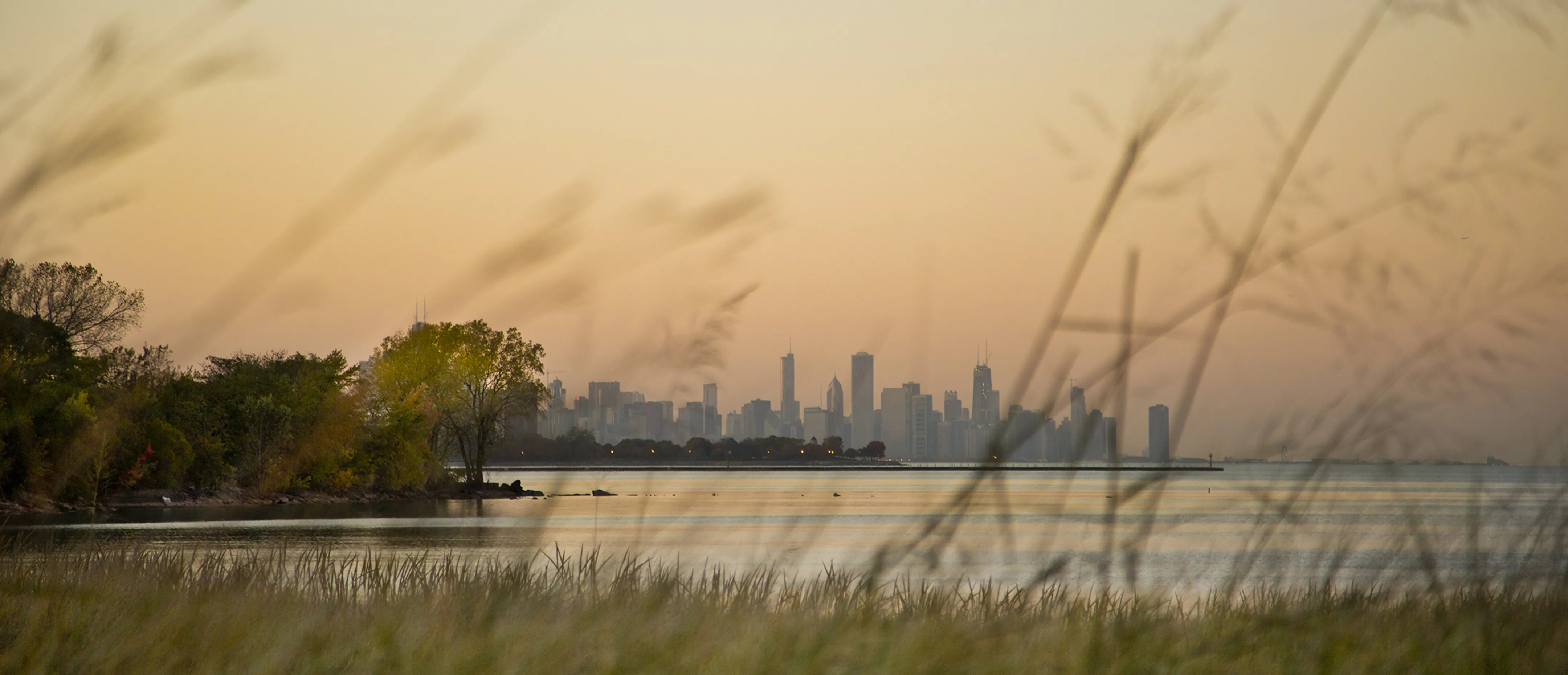History in South Shore
Mobsters
John "The Fox" Torrio
John “The Fox” Torrio acceded to control of the organization later known as “The Outfit” following the murder of Giacomo Colosimo. After he attempted to expand his south side turf to the Gold Coast, he ended up in an uneasy alliance with the North Side Gang, led by Dean O’Banion. After O’Banion cheated him out of $500,000 in connection with the acquisition of a prohibition-era brewery and then caused his arrest, Torrio ran out of patience and had O’Banion murdered. This unleashed an all-out gang war, and a group of three mobsters, including George “Bugs” Moran attempted to kill Torrio outside his apartment at 7106 South Clyde Avenue on January 24, 1925. He was shot numerous times in the jaw, legs, groin, and abdomen, and the incident ultimately convinced him to retire and move back to Italy, handing control of the gang over to Al Capone.
History in South Shore
National Landmarks
6901 Oglesby Cooperative Apartment Building
This apartment building was completed in 1929 and designed by Paul Frederick Olsen. It was important to the development of lakefront neighborhoods. The city designated it as a landmark on September 10, 2008.
Jackson Park Highlands District
This South Shore historic district was designated as a landmark on october 25, 1989. laid out in 1905, homes in this area feature innovations such as large front yard setbacks, 50-foot wide lots, underground utilities, and no alleys. several different architectural styles are represented, including american four square, classical revival, queen anne, dutch colonial, colonial revival, tudor, and prairie school.
History in South Shore
Tragedies
The Lake Michigan Crib Disaster in Chicago
Approximately 70 Chicago workers perished on the morning of January 20, 1909, when a temporary crib used in the construction of a new water-intake tunnel caught fire and began burning at about 8:30 in the morning. The crib was situated along the line of the tunnel, parallel to 70th Street in Chicago about a mile-and-a-half from the shore. Because large blocks of ice precluded transport by boat, the workers reached the crib through an aerial cable system supported by 26 steel towers and slept there during the job. There were several levels within the crib, including a dining area and a sleeping area. The crib, which only had a few windows near the cableway entrance, was constructed largely from wood, and the fire spread quickly. Most of the workers were trapped inside with no means of escape. Others were able to reach one of the nine windows or three exit doors and began jumping into the lake, hoping to reach some of the large blocks of ice that were floating nearby. Many of those who jumped from the crib ended up drowning in the frozen water. In all, 47 workers managed to survive, although most of them were badly burned or frozen or some combination of the two.

